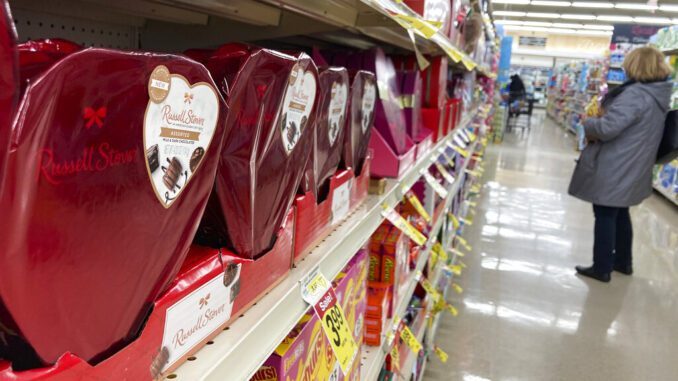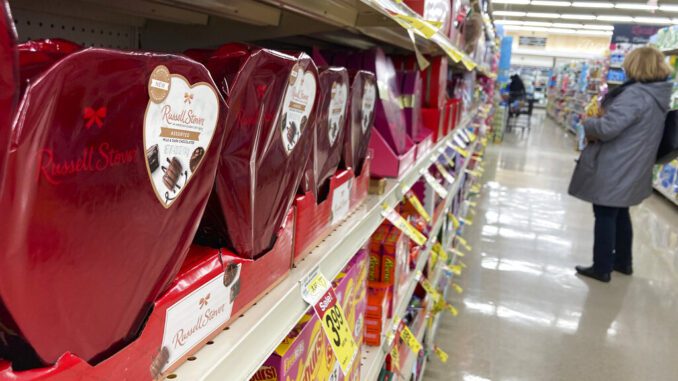

Chocolates, roses, fine jewelry, candlelit dinners – it all adds up. Yet these pricey indulgences aren’t the only way to show that special someone you care, and when it comes to Valentine’s Day, empty pockets shouldn’t spell a lonely heart.
Valentine’s Day is the fifth biggest consumer spending event of the year. Yet last time we had a recession in 2009, spending on the festival of love dipped by almost 5% – what could 2023 hold?
Bank of America economists warn the recession may be upon us as soon as the first quarter. Last month, Fitch Ratings forecasted that rising unemployment, dwindling savings, and pressure on housing prices are likely to stimy U.S. consumer spending growth next year. That means tightening purse strings, especially on discretionary items like flowers.
Yet a slowing economy doesn’t have to drag February 14 down with it. Here we’ll cover a variety of practical tips to cut back on your Valentine’s Day budget while still kindling the romance.
Cheap n’ Cheerful
One of the best ways to save is by simply staying put. Whenever you head out the door for some fun, be it catching an Uber, dining out, or enjoying some entertainment, there are always tips, surcharges, and other unexpected costs that can add up fast and blow your budget.
So instead of going out to a pricey restaurant, surprise your partner with a low-cost homemade meal. Besides, restaurants get overrun by couples on Valentine’s Day. This can have the two of you feel like you are following a crowd rather than spending quality time together.
By staying at home, you can make the experience more intimate and memorable for the two of you. Make it extra unique by changing up the decor of the room. Try draping fairy lights over some furniture, setting the table with candles, or adding another twist by drawing on whatever other aesthetic inspires you.
For those who typically head to the cinema for a date, try a movie night at home. Take in a rom-com or even binge-watch a favorite TV show together. Make it even more special by popping popcorn and whipping up a hot chocolate. Haven’t got a Netflix or HBO subscription? Don’t fret – several platforms stream movies for free, including Hoopla and Crackle. Just be sure to check whatever title you want to watch is available beforehand.
To really save on the symbolism, try avoiding flowers and instead go for a beautiful pot plant. Not only do they last much longer, but they will continue to grow over time, embodying the staying power of your love.
If you feel flowers are a must, though, there are still several hacks to trimming back on costs. Roughly 250 million roses are grown for Valentine’s Day each year, according to the Society of American Florists. Despite that enormous supply, they’re often sold at double their usual price for the big day.
Avoid the sting of premium rose prices by opting for an alternative bloom. Tulips, orchids, or even daffodils, are just as nice on the eyes (and are much easier on the wallet). Also, consider where you buy them. Boutique florists aren’t your only option.
When it comes to other gifts, steer clear of top-end jewelry, handbags, or other branded items and instead show your creative side by making a gift from scratch. This could be a knitted scarf, a handmade soap, or a calendar filled with your couple’s photos. If money is a bit tight this year, invest a little time instead and make it meaningful.
If short on cash, another approach is to buy your lover a subscription or membership. This way, you can spread the cost over many months throughout the year rather than in a lump sum.
High Hopes?
However you choose to spend your Valentine’s Day, it’s essential to check in with your partner first and ensure they are on board with your date’s direction.
Psychologists warn that unmet expectations can sometimes do more harm than good.
“Valentine’s Day, with its commercialistic to-do list, can boomerang on lovers,” psychologist Dr. Diana Kirschner told the American Psychological Association.
“The advertising industry holds up an image of the perfect Valentine’s Day experience, with flowery cards, fancy chocolates, uber-romantic dinners, and, of course, a dozen red roses. All of which can be very difficult to create in real life… As a result, expectations are raised and often not met. Unmet expectations can have a negative impact on a love relationship.”
Recessions and romancing may not sound like natural partners, but with some savvy budgeting and creative activities, next year’s Valentine’s Day can be as memorable as any other. Who knows, finding the fun in frugality and making the most of the tougher economic times now may result in a more resilient relationship over the long run.



